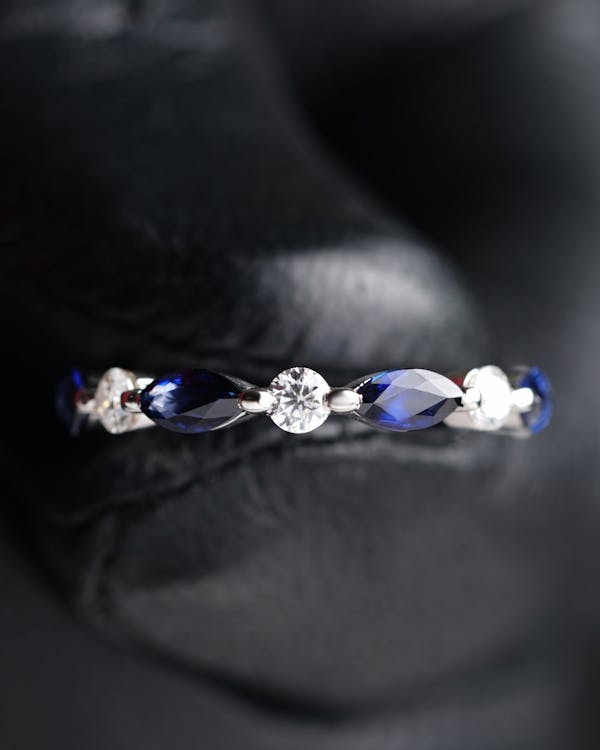Unraveling the Mysteries of Lab Diamonds Cut Grading

When it comes to lab created diamonds, the allure is undeniable. These stunning gems offer the same brilliance and allure as their natural counterparts, with the added benefits of ethical sourcing and exceptional quality control. However, for those new to the world of lab diamonds, understanding the intricacies of cut grading can seem like navigating a labyrinth of terminology and technical jargon. Fear not, for we are here to shed light on this essential aspect of diamond quality.
What is Cut Grading?
In the realm of diamonds, cut grading refers to the evaluation of a diamond’s proportions, symmetry, and polish. A well-cut diamond will exhibit maximum brilliance and sparkle, captivating the beholder with its dazzling beauty. Conversely, a poorly cut diamond may appear dull and lifeless, failing to unleash its true potential.
The Anatomy of a Diamond Cut
To comprehend cut grading fully Lab Diamonds Cut Grading, it’s essential to understand the various components that contribute to a diamond’s overall cut quality:
Proportions:
Proportions play a pivotal role in determining how light interacts with a diamond. Ideal proportions ensure that light enters the diamond through the table, reflects off the pavilion facets, and returns to the observer’s eye, creating a mesmerizing display of fire and brilliance.
Symmetry:
Symmetry refers to the alignment and balance of a diamond’s facets. A symmetrical diamond will exhibit uniformity in its shape and facet placement, resulting in optimal light performance and visual appeal.
Polish:
Polish encompasses the smoothness and luster of a diamond’s surface. A well-polished diamond will have crisp, clear facets that allow light to pass through unimpeded, enhancing its overall brilliance.
The Importance of Cut Grading
While color and clarity are crucial factors in diamond evaluation, cut grading holds a special significance. Even a diamond with impeccable color and clarity can appear lackluster if its cut is subpar. Conversely, a well-cut diamond can compensate for slight imperfections in color and clarity, captivating the observer with its radiance and sparkle.
Understanding Cut Grades
Diamonds are typically assigned cut grades ranging from Excellent to Poor, based on their performance in various lighting conditions and viewing angles. The Gemological Institute of America (GIA), the leading authority in diamond grading, employs a rigorous set of criteria to assess a diamond’s cut quality:
- Excellent: Diamonds in this category exhibit exceptional brilliance, fire, and scintillation. They reflect nearly all incoming light, maximizing their sparkle and allure.
- Very Good: Very Good cut diamonds offer impressive light performance and visual appeal. While not quite on par with Excellent cut diamonds, they still deliver a breathtaking display of brilliance.
- Good: Diamonds with a Good cut grade display acceptable light performance and overall appearance. While they may not rival the top-tier categories, they still offer considerable beauty and value.
- Fair: Fair cut diamonds exhibit noticeable deficiencies in light performance and visual appeal. While they may appear satisfactory to the untrained eye, they lack the exceptional brilliance of higher cut grades.
- Poor: Poor cut diamonds suffer from significant flaws in proportions, symmetry, or polish, resulting in diminished light performance and visual impact. They may appear dull or lifeless compared to higher-quality diamonds.
Conclusion
In the realm of lab-created diamonds, cut grading plays a pivotal role in determining a diamond’s beauty and value. By understanding the nuances of cut grading and selecting diamonds with optimal proportions, symmetry, and polish, you can ensure that your chosen gemstone dazzles with unparalleled brilliance and allure. Whether you’re searching for the perfect engagement ring or a timeless piece of jewelry, prioritize cut quality to unlock the true splendor of lab-created diamonds.
